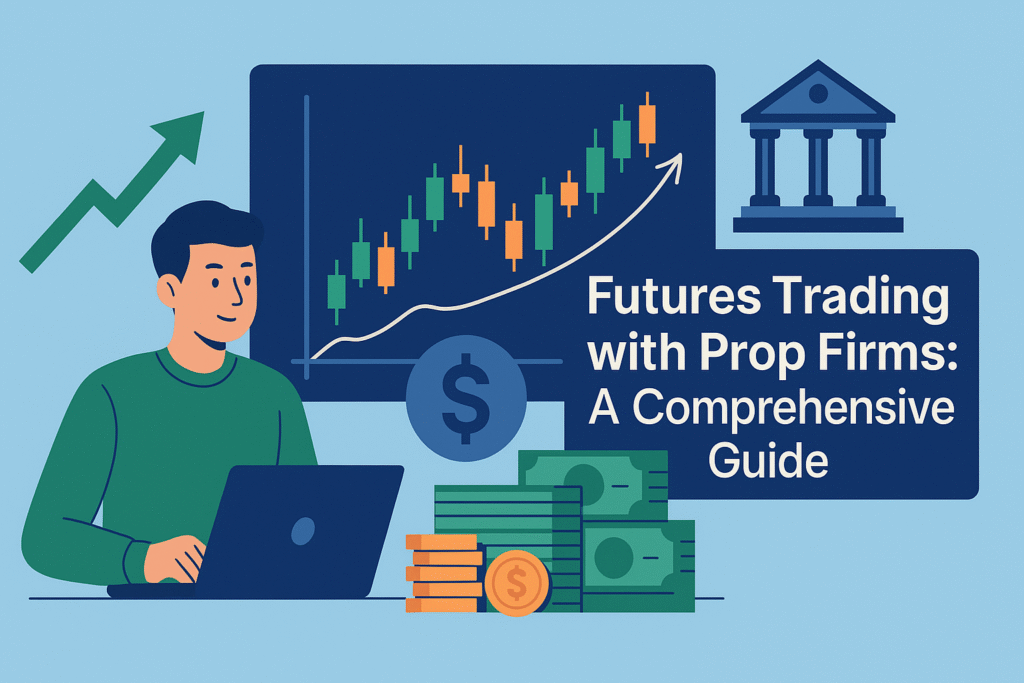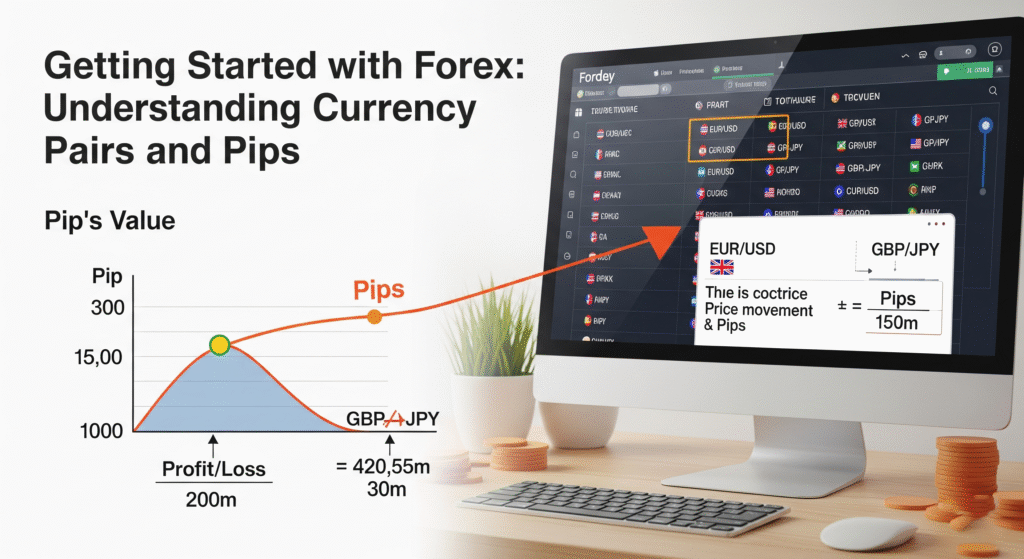He is a Full-time trader and Trading Mentor @ Findependence Trading Academy, with over 18 years of hands-on experience in the stock and forex markets. His journey from being a working professional to achieving financial independence through trading has inspired hundreds of aspiring traders to take control of their financial future.
His trading style revolves around identifying high-probability swing setups in equities and executing precise intraday trades in the forex markets. He treats trading like a business, where rules, clarity, and risk limits aren’t optional—they’re essential. He’s trained over 100+ traders through personalized coaching and structured programs, focusing not just on strategy but on building the mindset and systems that lead to long-term success.
A strong believer in keeping trading simple and practical, He shares real-world lessons drawn from market wins, losses, and years of evolving with changing conditions. He is also the author of “Getting Started with Technical Analysis” and a creator of custom TradingView indicators designed to give traders an edge.
When he’s not charting or mentoring, you’ll find him enjoying a game of Table Tennis.
Table of Contents
Futures Trading with Prop Firms: A Comprehensive Guide
Exploring Commodities, Indices, and a Funded Path to the Big Leagues
Let me take you back for a second.
It was 2008. Crude oil had just hit $147. The world was teetering on the edge of a financial collapse.
I had only been trading futures for about two years—but that year taught me more about risk, resilience, and rules than any book ever could.
Now fast forward to today.
We have traders—new and experienced—getting access to $50K, $100K, even $250K+ accounts through prop firms.
And they’re trading futures contracts—S&P 500, Nasdaq, Gold, Crude Oil, even Soybeans—from their living rooms.
What once required massive capital, licenses, and floor access…
Is now available for a challenge fee and some discipline.
But here’s the truth no flashy YouTube ad will tell you:
Futures trading in a prop firm environment is a different beast altogether.
You’re not just betting on direction.
You’re navigating tick sizes, overnight margins, prop rules, and institutional flow—all while trading with someone else’s capital.
If you’re serious about this path, don’t just dive in—prepare the right way.
Start with real-world, experience-backed trading classes in Kothrud that give you the structure, mindset, and edge you need to grow—not regret.
In this guide, I’ll break down what it really takes to trade futures with a prop firm—and how to make that journey one of growth, not chaos.

What Are Futures (and Why Do Prop Firms Love Them)?
Let’s define the landscape first.
Futures contracts are standardized agreements to buy or sell an asset at a predetermined price at a specified time in the future. They cover:
- Indices (S&P 500, Nasdaq, Dow Jones, DAX)
- Commodities (Crude Oil, Gold, Natural Gas, Corn, Soybeans)
- Currencies (USD/JPY, EUR/USD via CME FX futures)
- Interest Rates (Bonds, Eurodollar futures)
What makes futures ideal for prop firms?
- Regulated market: No shady offshore brokers
- Transparent pricing & deep liquidity
- Tight spreads & fast execution
- Scalable: From intraday scalping to swing holds
- Clear risk management: Ticks, stops, and dollar-based risk
Prop firms offering futures often operate via platforms like NinjaTrader, Rithmic, Tradovate, or Topstep’s in-house software.
How Prop Firms Offer Funded Futures Accounts
Here’s the typical process:
- Evaluation/Challenge Phase
- Prove your skills on a simulated account
- Meet profit targets (e.g., $3,000 on a $50K account)
- Stay within drawdown limits (daily and trailing)
- Prove your skills on a simulated account
- Verification Phase(in some firms)
- Continue trading consistently with slightly looser targets
- Reinforces discipline before funding
- Continue trading consistently with slightly looser targets
- Funded Phase
- You trade the firm’s capital
- You earn a profit split (commonly 80%–90%)
- You trade the firm’s capital
The evaluations usually have monthly fees ($150–$300) and rules like:
- No hitting max daily loss
- No trading during certain news events
- Minimum number of trading days
📈 Futures Markets You Can Trade
Let’s explore the most commonly traded futures contracts within prop firms:
Index Futures
- ES (S&P 500 e-mini) – Highly liquid, popular among intraday traders
- NQ (Nasdaq 100 e-mini) – Fast-moving, tech-heavy, high tick value
- YM (Dow) – Slower but still strong for structure-based setups
- RTY (Russell 2000) – More volatile, small caps driven
Tip: NQ can be wild. ES is more structured. RTY is explosive but unforgiving.
Commodities
- CL (Crude Oil) – Volatile, news-driven, and technical
- GC (Gold) – Often used as a macro hedge, moves during news
- NG (Natural Gas) – Wild card—beware the volatility
- ZC/ZS (Corn/Soybeans) – Trade more during harvest/report seasons
Tip: Commodities react to supply shocks, inventories, and global news. Avoid over-leveraging.
Currency Futures (CME FX)
- 6E (EUR/USD)
- 6J (USD/JPY)
- 6B (GBP/USD)
Less commonly traded but good for those transitioning from spot Forex.
Pros and Cons of Trading Futures in a Prop Firm
Let’s keep it real—there’s no perfect environment.
Pros
- Access to large capital (without risking your own)
- No commissions or fees in many firms
- Regulated U.S. markets with depth and fairness
- Tight execution with fast fills
- Clear tick-based risk: 1 tick = $12.50 on ES
- Performance-based scaling opportunities
Cons
- Strict risk rules (hit drawdown = you’re out)
- High tick value = fast drawdown risk
- Margin increases overnight
- Limited product selection in some firms
- Demo-only in funded phase for many firms (Topstep, Apex)
Personal Note:
I once lost a funded NQ account in two minutes. Two contracts. One trade. Sloppy entry. -$1,000 gone. Lesson? Futures move fast—and in prop firms, mistakes cost more than money. They cost opportunity.
Strategy and Mindset Shifts
If you’re coming from Forex or stocks, the futures environment will require mental rewiring.
Trade with tick precision
Every contract has a defined tick size and value:
- ES = $12.50/tick
- NQ = $20/tick
- CL = $10/tick
Setups must respect these increments. A lazy 3.7-point stop won’t work on ES.
Position sizing is king
Even one contract can move $500–$1,000 quickly.
Get used to scaling in and out with purpose, not emotion.
Learn the session flows
- Pre-market setups (8:30–9:30 ET)
- NY Open breakouts (9:30–11:00 ET)
- Midday chop (11:30–1:30 ET)
- Power hour (2:00–4:00 ET)
Time of day matters more in futures than most realize.
Understanding Risk Rules in Futures Prop Firms
Each firm has its own flavor, but here are common constraints:
- Daily Loss Limit: e.g., $1,000 on a $50K account
- Trailing Drawdown: Moves up with balance—not equity
- No overnight trades: Positions must be closed by 4:00 PM CT
- Consistency rules: Can’t make 90% of profits in one day
- News restrictions: Avoid trading 2 mins before/after key events
Tip: Read the rulebook like it’s your trading bible. Missing one rule can invalidate a great month.
The Funding & Payout Flow
Let’s say you clear the evaluation and get funded. What next?
Payout Model:
- Earn 80%–90% of your profits
- First payout typically allowed after 10–15 trading days
- Monthly payouts thereafter
- Paid via ACH, Wise, Deel, crypto depending on the firm
Some firms (e.g., Topstep) require a minimum balance in the funded account before payout is allowed.
Scaling plans reward:
- No violations
- Profit targets hit
- Clean record over 30–60 days
Trading Futures from India with Prop Firms: What You Need to Know
Yes, Indian traders can participate, but with caveats:
- You’re not trading NSE/BSE listed futures
- You’re accessing U.S.-regulated products via simulation
- There’s no currency exchange (you’re not remitting funds abroad to invest)
1 Payouts are treated as freelance/professional income
2 Use platforms like Wise or Deel to receive funds
3 Always consult a CA for tax and compliance clarity
How to Choose the Right Futures Prop Firm
Here’s a quick checklist to evaluate your options:
| Factor | What to Look For |
| Reputation | Trustpilot reviews, Discord chats, payout history |
| Platform | Rithmic/Tradovate/NinjaTrader? Is it stable and low-lag? |
| Rules | Are they clear and trader-friendly? |
| Payout Terms | Profit split %, timeline, fees |
| Scaling Plan | Do they help you grow or just take challenge fees? |
Top Names to Explore:
- Topstep
- Apex Trader Funding
- Leeloo
- UProfit
- Take Profit Trader
Final Thoughts: Futures Are Fast. Be Faster in Discipline.
I won’t lie—futures trading is not for everyone.
The speed, the tick-to-dollar conversions, the sudden volatility—it’s intense. It demands precision, discipline, and nerves of steel.
But if you learn to read structure, respect risk, and treat each tick like your last,
futures trading in a prop firm can offer something rare: freedom—without risking your own capital.
Just don’t let the capital blind you.
Focus on the craft. The capital follows.
Want to build that foundation first?
Start with structured, real-world forex market training in Kothrud designed to teach you how to handle fast-moving markets with clarity and control.



